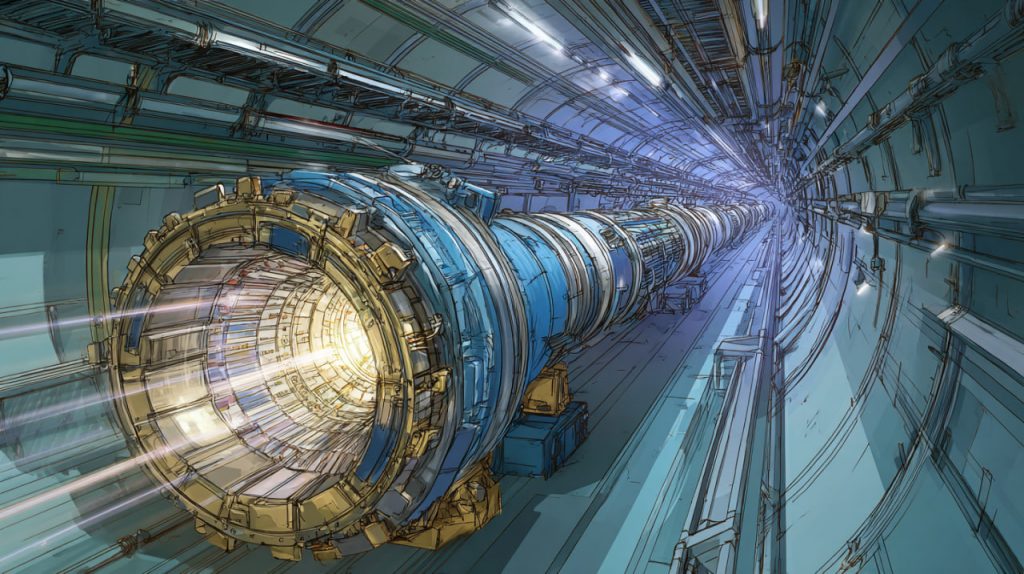Large Hadron Colliders (LHCs) are among the most complex and ambitious scientific instruments ever built. Their main purpose is to study the fundamental particles that constitute matter and the forces that govern their interactions. These giant underground machines use superconducting magnets to accelerate particles—usually protons—to near-light speeds and smash them together under controlled conditions. The resulting collisions allow physicists to observe phenomena that existed only moments after the Big Bang. The most famous of these machines is the CERN Large Hadron Collider, located on the border of France and Switzerland.
How Do Colliders Work?
At the heart of a collider is a circular tunnel where particles are accelerated in opposite directions using electromagnetic fields. When they collide, the enormous energy density briefly recreates conditions similar to the early universe. These high-energy impacts can produce new particles, some of which exist for only fractions of a second. Sophisticated detectors track and analyze these interactions. By examining the resulting data, scientists can test theoretical predictions made by the Standard Model of particle physics and explore physics beyond it. The level of precision and energy required for these experiments cannot be achieved in any other way.
What Have They Helped Discover?
The most notable achievement of the LHC was the discovery of the Higgs boson in 2012, a particle crucial for explaining why other particles have mass. This confirmed a key aspect of the Standard Model and earned a Nobel Prize in Physics. Colliders also help test concepts like supersymmetry, dark matter, and extra dimensions. While not all of these theories have yielded results, they guide the future of physics and challenge scientists to refine their models. Additionally, LHCs have contributed to advances in detector technology, computing, and cryogenics.
Why Are Colliders Still Relevant?
Despite their cost and complexity, LHCs remain essential for addressing unanswered questions about the universe. What is dark energy? Are there more fundamental particles than we know? Do hidden forces or dimensions exist? Colliders allow us to test these questions experimentally. While space telescopes observe the cosmos at vast scales, LHCs let us explore nature at its smallest. Together, they offer a more complete understanding of reality.
Glossary
- Large Hadron Collider (LHC) – a circular underground accelerator that smashes particles together at near-light speeds.
- Standard Model – the theoretical framework describing the fundamental particles and their interactions.
- Higgs boson – a particle that gives mass to other elementary particles.
- Supersymmetry – a theory proposing a symmetric partner for every known particle.
- Cryogenics – the study and use of extremely low temperatures.
- Dark matter – a type of matter that does not emit light and can only be inferred from its gravitational effects.


